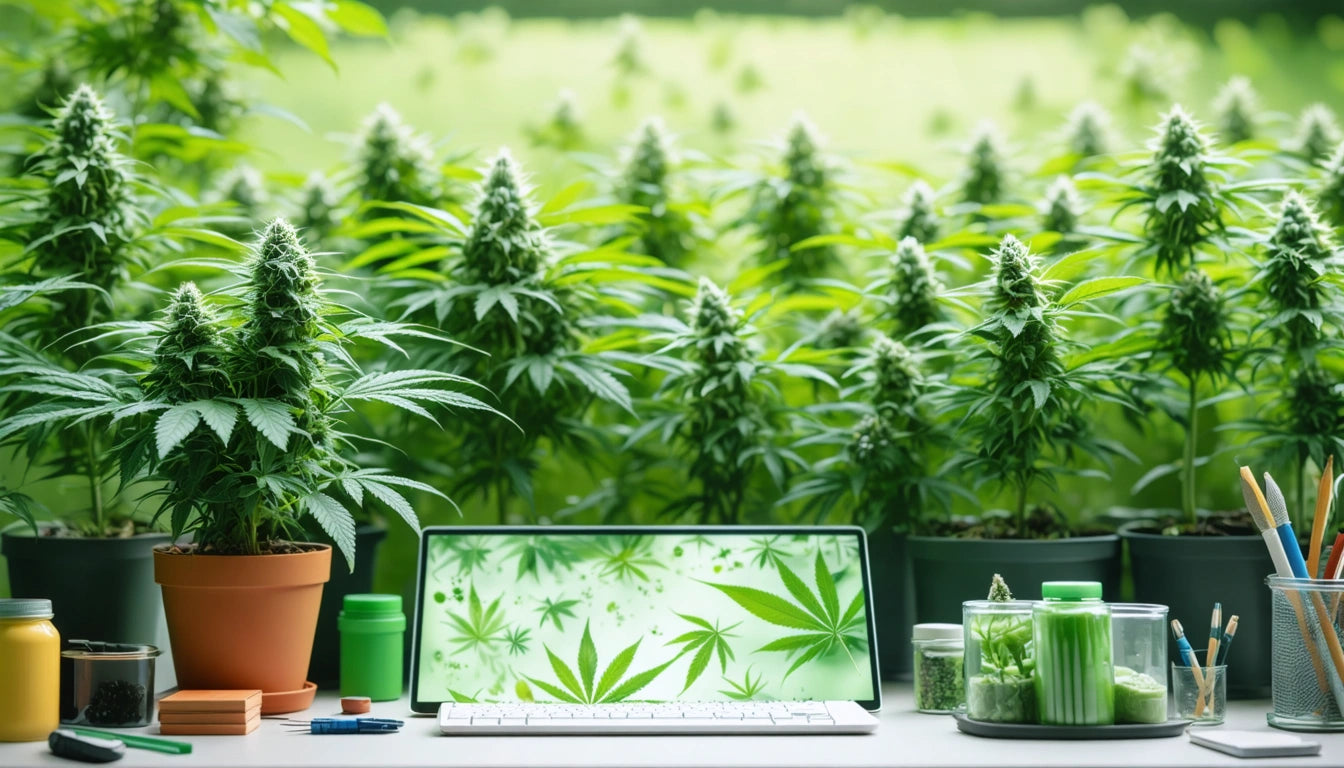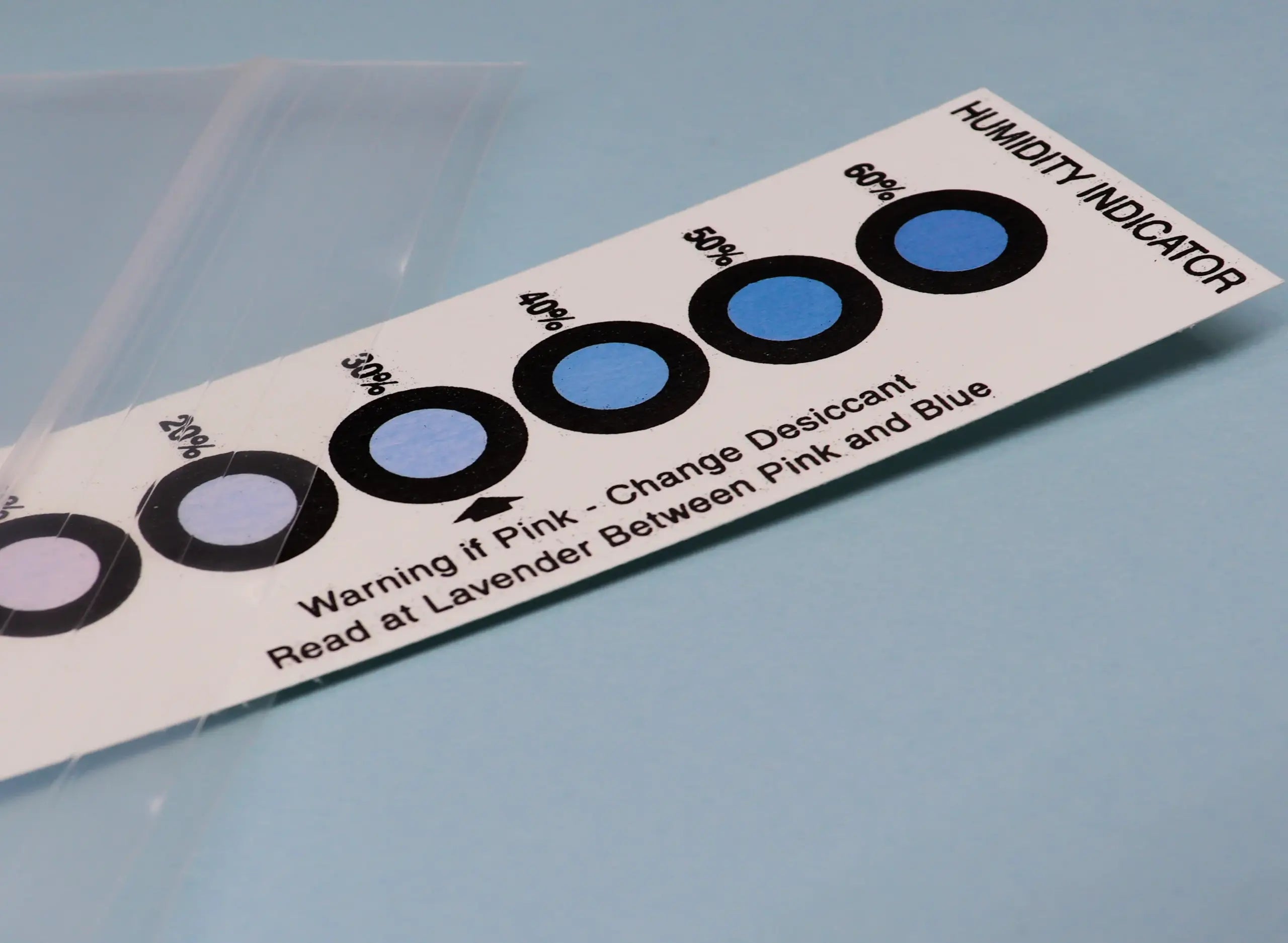Table of Contents
Successful cannabis cultivation requires vigilant protection against common threats like mold, mildew, and pests. These issues can quickly devastate an otherwise healthy crop, reducing yields and potentially introducing harmful contaminants. Implementing effective preventative measures saves time, resources, and ensures a quality harvest.
Understanding Common Threats to Cannabis Plants
Cannabis plants face several biological threats throughout their growth cycle. Powdery mildew appears as a white, powder-like substance on leaves, while botrytis (bud rot) attacks the dense flower structures from the inside out. Common pests include spider mites, fungus gnats, aphids, and thrips, each causing distinct patterns of damage.
Different growth environments present unique challenges. As explained in this comparison of indoor versus outdoor growing, outdoor operations contend with natural predators and weather fluctuations, while indoor grows must vigilantly maintain artificial environments to prevent issues.
Environmental Control: The First Line of Defense
Humidity and Temperature Management
Maintaining proper humidity levels is crucial for preventing mold and mildew. During vegetative growth, relative humidity (RH) should range between 40-70%, while flowering plants require lower humidity (40-50%) to prevent moisture accumulation in dense buds.
Temperature control works hand-in-hand with humidity management. Daytime temperatures should typically range from 70-85 °F (21-29 °C) depending on growth stage, with a slight drop during dark periods. Avoid rapid temperature fluctuations that can create condensation on plant surfaces.
Air Circulation and Ventilation
Proper air movement prevents microclimates where humidity can accumulate. Install oscillating fans to create gentle, consistent airflow throughout the canopy. Exhaust systems should exchange the entire volume of grow room air 15-20 times per hour, with carbon filters to reduce odors and potential contaminants.
Preventative Maintenance and Monitoring
Regular plant inspection forms the cornerstone of pest and disease prevention. Examine both sides of leaves, stems, and soil surfaces at least twice weekly. Early detection dramatically improves treatment success rates.
Maintain garden cleanliness by removing dead leaves, debris, and any standing water. These simple practices eliminate breeding grounds for pests and pathogens. When selecting soil or hydroponic setups, choose options that provide adequate drainage while maintaining proper moisture levels.
Strategic Plant Management
Proper plant spacing and strategic defoliation improve airflow and light penetration. This reduces humidity pockets and strengthens plants through proper light exposure, making them naturally more resistant to pests and diseases.
Plant nutrition also plays a vital role in natural resistance. Ensure plants receive appropriate nutrients for each growth stage to maintain robust immune responses. Stressed or nutrient-deficient plants become easy targets for opportunistic pests and pathogens.
Biological Controls and Organic Solutions
Beneficial insects offer natural, chemical-free pest management. Predatory mites control spider mites, while ladybugs target aphids and other soft-bodied pests. Nematodes can be applied to soil to manage fungus gnat larvae.
For organic disease prevention, consider neem oil, which disrupts pest life cycles and has mild fungicidal properties. Potassium bicarbonate sprays effectively prevent powdery mildew, while insecticidal soaps target soft-bodied pests without harmful residues.
- Beneficial bacteria and fungi in the soil create hostile environments for pathogens
- Diatomaceous earth provides physical barriers against crawling insects
- Companion planting with pest-repellent herbs like basil or marigold offers additional protection
- Regular foliar sprays with compost tea strengthen plant immune responses
Post-Harvest Protection Strategies
Proper drying and curing techniques prevent mold development after harvest. Maintain 45-55% humidity in drying rooms with gentle air circulation. Once dried, proper storage becomes essential for long-term preservation.
For commercial growers, using specialized packaging with moisture control features helps maintain optimal humidity levels during storage and distribution, preventing mold development while preserving terpenes and cannabinoids.
Implementing these preventative measures creates a resilient growing environment that minimizes the need for reactive treatments. By understanding the biological needs of cannabis plants and the environmental factors that influence pest and disease pressure, cultivators can develop integrated management strategies that protect their investment and ensure clean, quality harvests.











Leave a comment
All comments are moderated before being published.
This site is protected by hCaptcha and the hCaptcha Privacy Policy and Terms of Service apply.